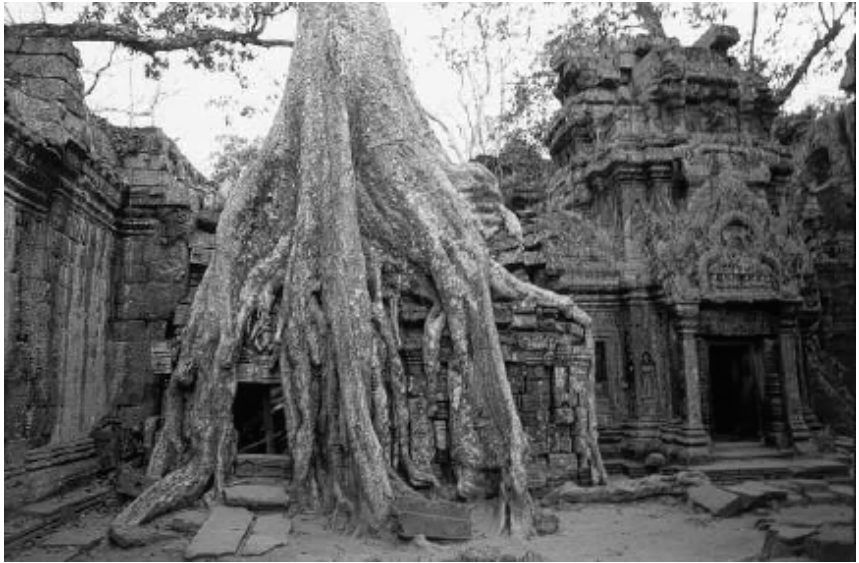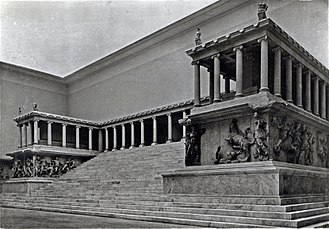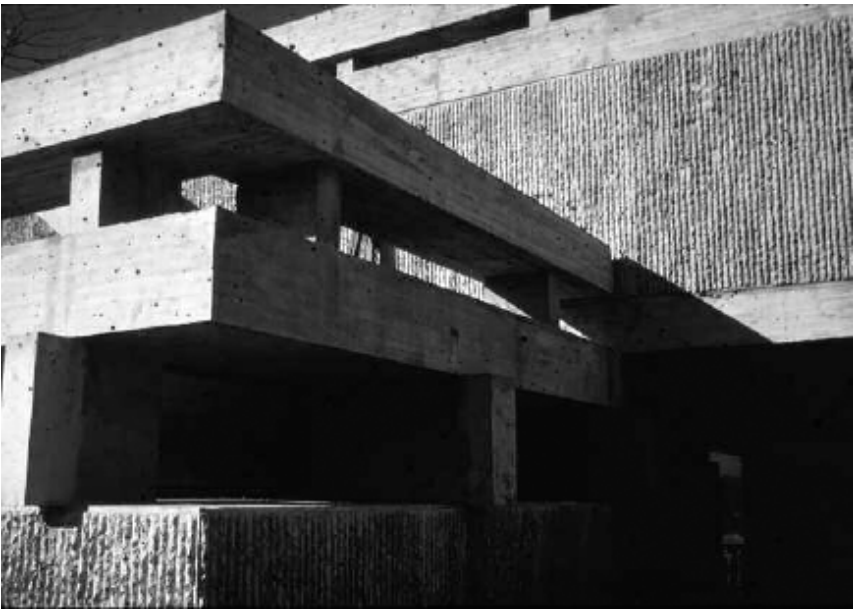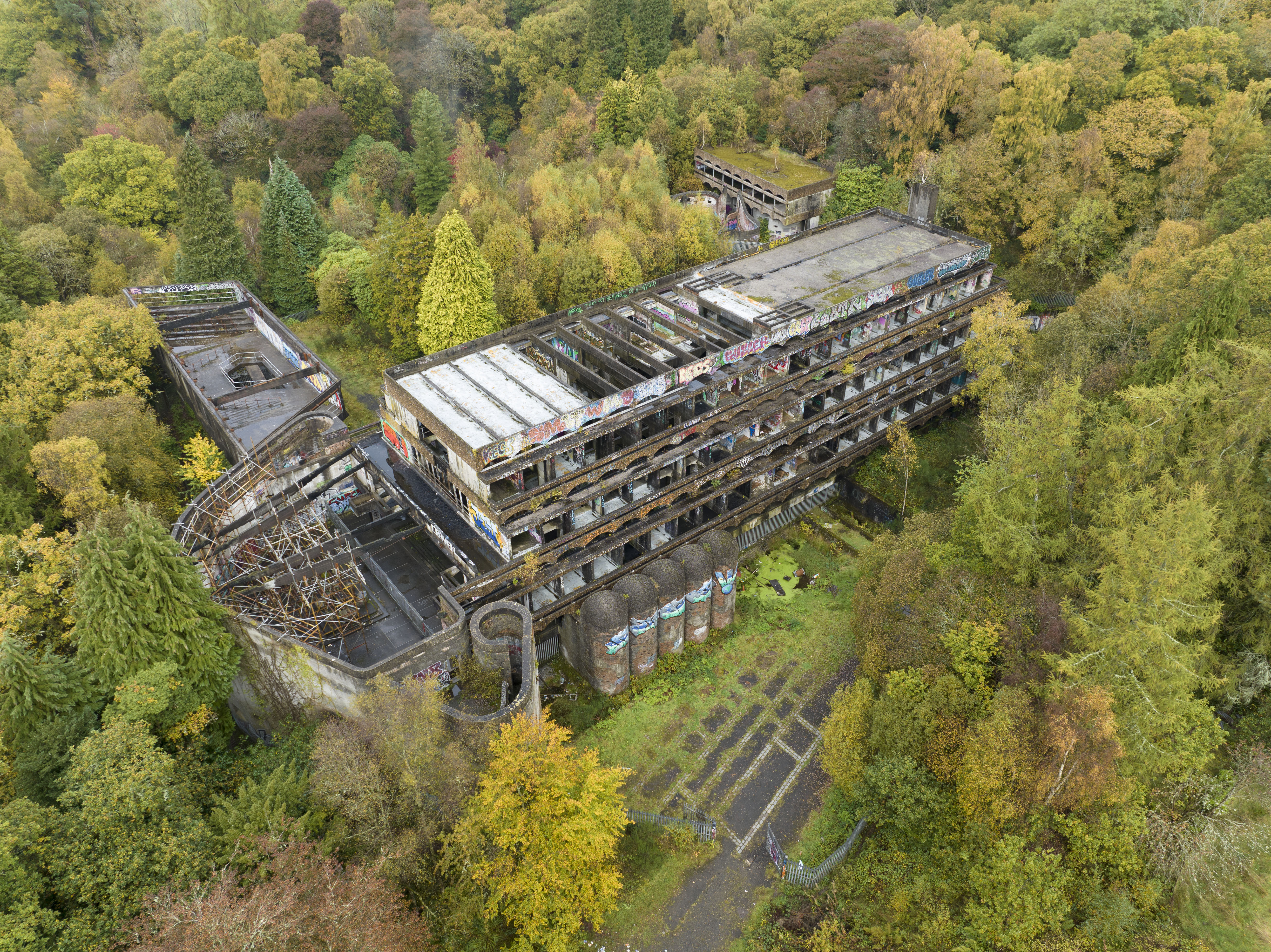created 2025-04-30, & modified, =this.modified
tags:y2025ruinsfragements
rel: Survey of Being Lost Transmutation and Transformation Fragments in the Field
Why I’m reading
After Modern House Ruins I was thinking more about ruins and how it connects to the lost.
I forgot what movie it was but I recall someone quoting a philosopher and it being something along the lines of “you cannot destroy ruins.” At the time I thought about this further. I understand you can in a sense destroy ruins by repair, but that the universe is in an ultimate process of entropic ruination – but the play here intrigued me.
Ruins, being loss, are almost impervious to loss. If you destroy ruins, they just become further ruins; broken is. You are just changing the shape.
- The patina of ruin around everything
- How a ruin can reflect on the past
Rough Edges
Pergamon Frieze
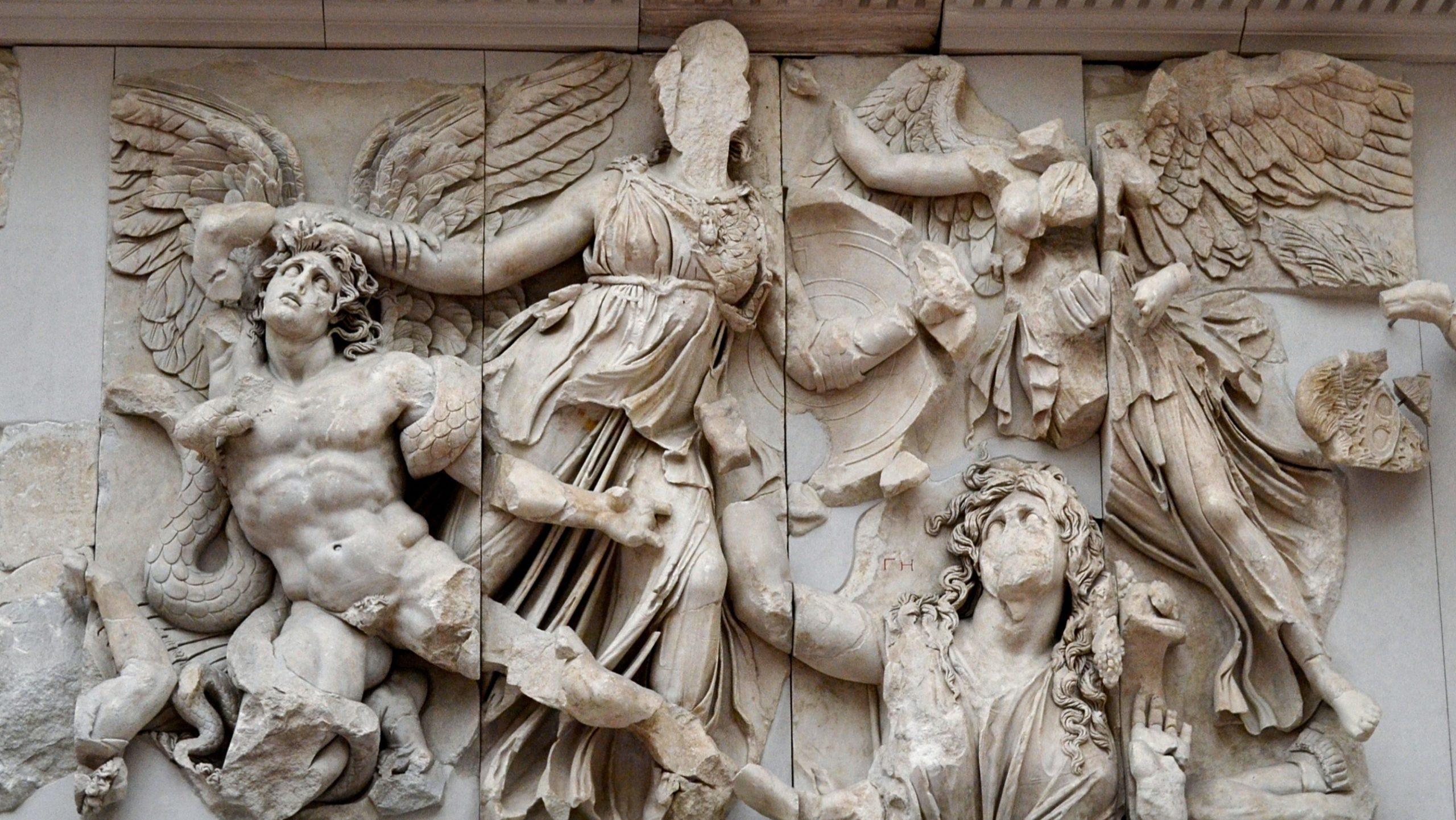
Among the fruits of this expedition were 200 ancient fragments, including a few pieces of the Pergamon frieze. One of these showed a hand holding a thunderbolt, now lost, which must have belonged to the figure of Zeus, suggesting that the arm presently attached to the god in the frieze is an incorrect restoration.
The Altar Itself
Hercules is missing
One crucial figure is missing entirely from the frieze in its present ruined state, Hercules, on whom the gods’ chances depend. Only if they can convince a human being to join them can they defeat an earlier, stronger species, the giants, whom they want to replace. So Hercules is the most crucial element in the current action, but that panel of the frieze is entirely lost, except that we know where it would fall because his name survives and one paw of his lion-cloak.
Thought
I absolutely love this bit. The absent hero. Is he cowering? Is his off on adventure? Is he simply lost?
The physical dispersal that causes important artefacts to come to rest in odd locations, like driftwood on a beach, shorn of explanatory context.
rel: If Not Winter, Fragments by Anne Carson
Sometimes the fragments of Aeschylus are so ruined that barely any whole words remain and the Loeb editor is reduced to guessing who might be speaking them and in what context, then reaching for suitable vase paintings to conjure up some kind of action on stage.
West of the Tracks
Wang Bing’s lengthy study of a chain of factories laid out along the railway line on the outskirts of Shenyang. The name of the nine hour documentary film, West of the Tracks is the literal translation of the name of the “the bedraggled working-class district where it all takes place”
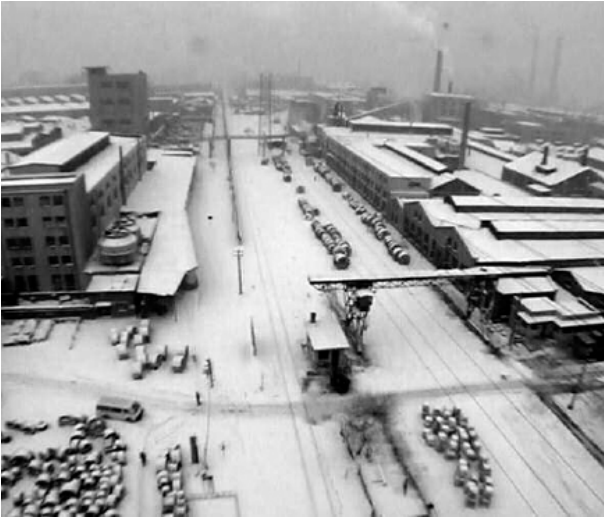
James Agee
Fortune Magazine’s James Agee took reporting to the South in 1936, and was profoundly affected. “He forged a powerful romantic identification with the poor families, whom he saw as more authentic inhabitants of an American place than educated people like him”
Fifty years later other journalists went back to Agee’s Alabama and found 128 descendants of his sharecroppers, who live in pretty much the same conditions Agee found their parents and grandparents in. The young girl in whom Agee and Evans saw the greatest promise bore her first child at fifteen and killed herself with rat poison at 45, Agee’s age when he died of drink and tobacco.
Low tides reveal fragments in the river.
Fragmented Wholes
rel:Walter Benjamin and the Arcades Project
The Arcades Project by Walter Benjamin
He obsessively researched while living in Paris.
Likewise, the names he picked out often memorialized lost features, like all the puits (wells) that turn up in names scattered across Paris but are no more.
“Misshapen Sewer Gods”
The city can be viewed as a vast landscape of disconnected fragments, on the other the flâneur walking the streets are leading to the same mythic substratum.
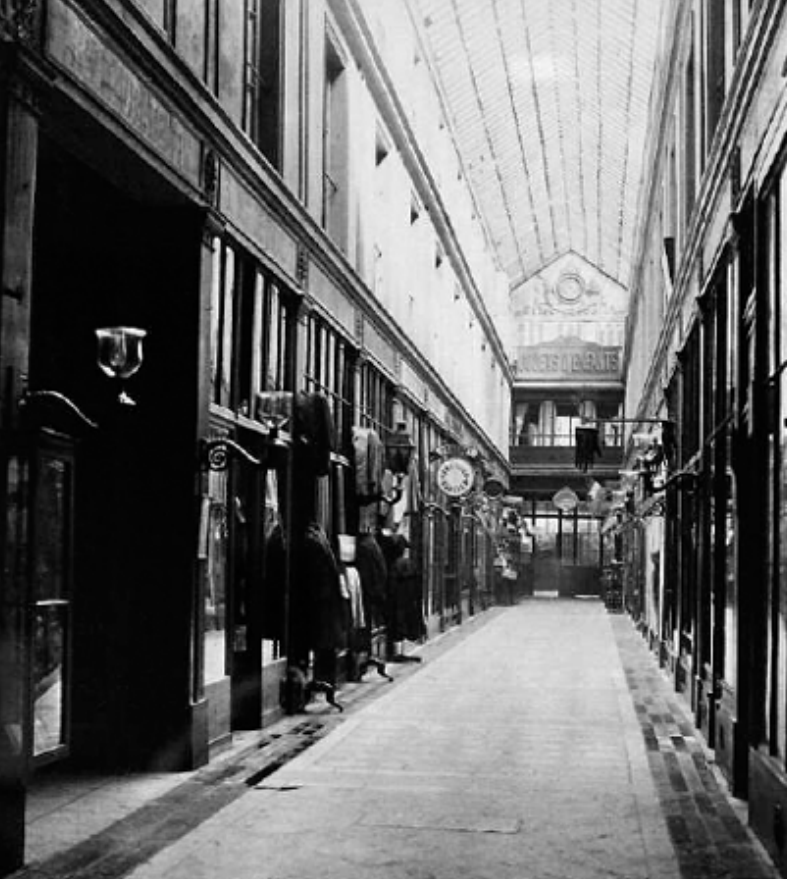
Ryoan-ji Sand Gardens
The dry garden at Ryoan-ji consists of 15 rocks in five groups across a field of sand. You cannot enter, only contemplate it. The name means “Dragon Peace” – the rocks are described as a tigress and her cubs swimming across a river.
Allusion to Ozu’s “Late Spring” – the distances between the stones resemble the distances between the closest human beings.
The eccentric spacing, inspires diverse interpretation. kawaramono – riverbank dweller have written signatures on it, when they had hauled in the rocks and trees of the most famous gardens.
Recently a single obscure human touch has begun to attract attention, a signature or two signatures hidden in plain sight on the back of one of the largest rocks.
Incidentally, kawaramono are also credited with the invention of Nō and Kabuki, the first of which is commonly regarded as among the most aristocratic of Japanese art forms.
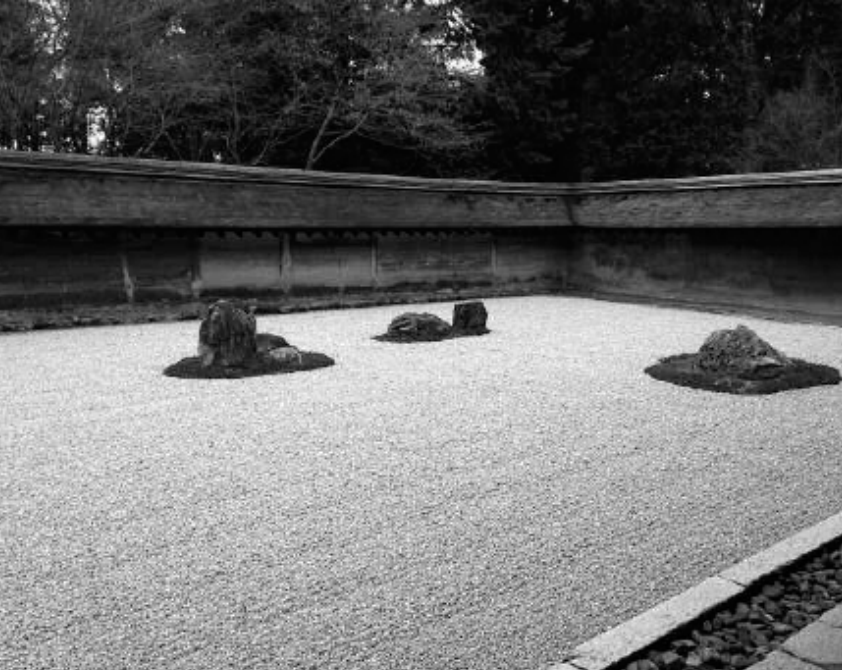
Modernist Ruins
1911, Le Corbusier made some drawings and photographs of the Acropolis in Athens
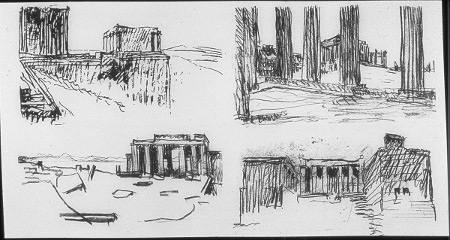
rel:Survey of Shadows - In Praise of Shadows by Tanizaki – seen as anti-modernist, anti-western but traditional Japanese Japanese architecture has a documented influence on modernism.
Thought
I first encountered this book reading on Shadows.
The book opens with an insoluble dilemma – how to accommodate Western technology in Japanese space, particularly electric light, flushing loos and the glittering whiteness that goes with them.
Japanese gardens have a term, karesansui meaning dried out – sacrificing a full-blooded existence for a kind of invulnerability.
Le Corbusier’s white forms are meant to be impervious and permanent, receptive to light but not to serious attacks by the weather.
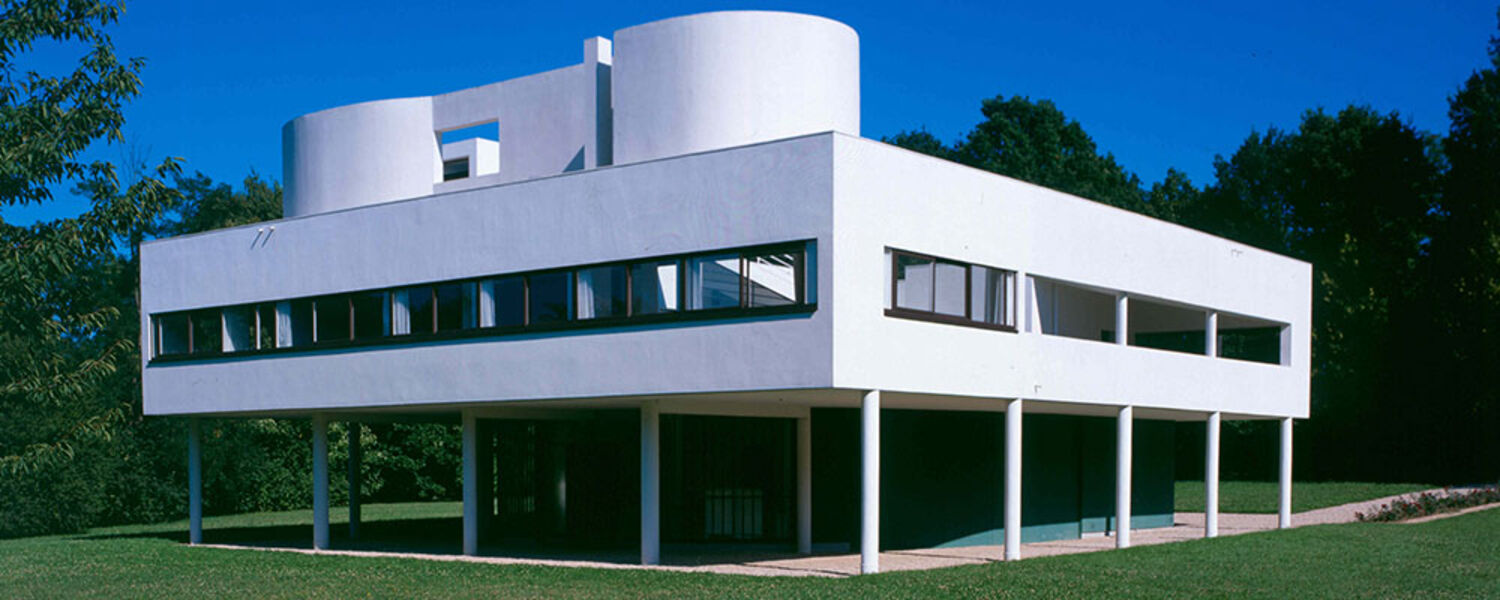
The Yale Art and Architecture Building by Paul Rudolph
Rudolph devised a special finish for the concrete the building is made of, which was poured into ribbed moulds. When the moulds were removed, the ribs were attacked with hammers. The result is an extremely rough surface in which large chunks of aggregate buried inside the concrete are exposed. The violence in the manufacture of these surfaces didn’t depart with the workmen; it loomed there continually. Stories abound of the hazard the roughness offered to skin and clothing.
Like Southbank Center in London, the grim and looming underside “housed derelicts” and in SC “a cardboard city of the homeless.”
Now they are replaced with skateboarders – Southbank doesn’t appeal to rationalists and was never meant to, but to those who view the city as a sublime ruin.
St Peter’s Seminary at Cardross - an abandoned “building of world significance”. It has been abandoned since 1987, and is currently in a ruined state.
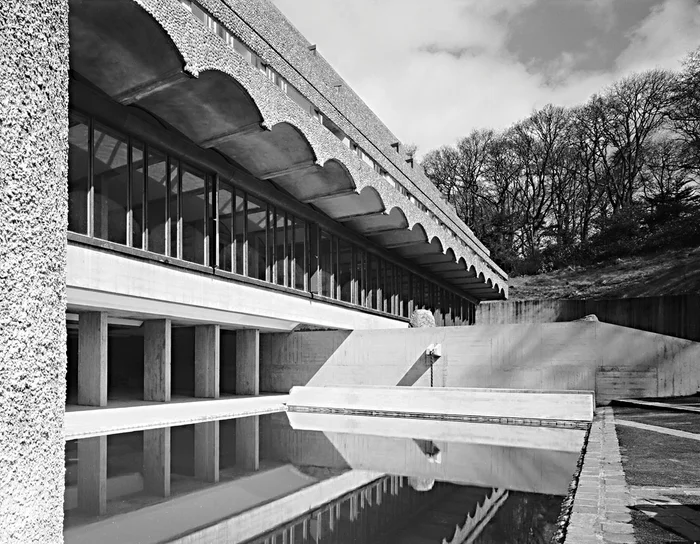
The building’s isolated location, which suited a monastic idea of vocation that the Catholic Church was discarding in the very years the seminary came into use, and which allowed the iconic amplitude of the design, made the buildings difficult to protect and forced them to regress to savagery with terrible speed.
Interrupted Texts
Marginalia: What is the whole?
But with the Marginalia, what is the ‘whole’ we are searching for? Surely it isn’t feasible to read all four or five thousand pages. That isn’t the way to find the mysterious whole. The alphabetical series of entries isn’t an intentional work that the author set out to create, yet all the marginalia together form a unity, though perhaps one it is foolhardy to seek literally to experience.
Coleridge - He says and others say about him that he regarded books as living beings, and at moments like these above he enters them so fully that he becomes them.
Mary Evans
Samuel Taylor Coleridge loved Mary Evans – although he failed to profess his failing to Evans during their early relationship, he held her in affection until 1794 where she dissuaded his attentions.
When Coleridge made plans with friend and future brother-in-law, Robert Southey, to emigrate to the “banks of the Susquahanna,” Evans wrote to Coleridge imploring him not to go. The letter reopened old feelings for Coleridge, inspiring the poem “Sonnet: To my Own Heart.”
The Sigh
When Youth his faery reign began Ere Sorrow had proclaim’d me man; While Peace the present hour beguil’d, And all the lovely Prospect smil’d; Then Mary! ‘mid my lightsome glee I heav’d the painless Sigh for thee. And when, along the waves of woe, My harass’d Heart was doom’d to know The frantic burst of Outrage keen, And the slow Pang that gnaws unseen; Then shipwreck’d on Life’s stormy sea I heaved an anguish’d Sigh for thee! But soon Reflection’s power imprest A stiller sadness on my breast; And sickly Hope with waning eye Was well content to droop and die: I yielded to the stern decree, Yet heav’d a languid Sigh for thee! And though in distant climes to roam, A wanderer from my native home, I fain would soothe the sense of Care, And lull to sleep the Joys that were! Thy Image may not banish’d be— Still, Mary! still I sigh for thee.
The Ruin of Individual’s Works
The accidental destruction of the Library at Alexandria left Greek culture ruined, a ruin. The dispersal of the libraries of Coleridge or Robert Burton, men immobilized by books, has sometimes been seen as irreparable ruin, though Coleridge’s had no physical existence in a single place and Burton willed his to the Bodleian, which you would have thought might keep it safe. But one way or another, it didn’t: some of Burton’s books were sold because they duplicated items the library already had, others because they were unwanted, still others because no inventory made keeping them seem important.
Ruined Narratives
The narrative structures of the first five books of Tristram Shandy graphically depicted.
Tristram Shandy
The patron saint of infinite digression? It’s quite long, but I should read this…
As its title suggests, the book is ostensibly Tristram’s narration of his life story. But it is one of the central jokes of the novel that he cannot explain anything simply, that he must make explanatory diversions to add context and colour to his tale, to the extent that Tristram’s own birth is not even reached until Volume III.
Art and Destruction
In paintings, the clear objects have disappeared, along with distinct textures and specific colors. Kurt Schwitters - In 1918 he produces his first collages, which look as if they’re made of scraps found in the street and rescued into the painting, trampled pieces of paper, used tickets, torn patches of cloth, lengths of wood and bits of machinery, the flotsam of urban existence washed up in gutters or in the pockets of drifters through the streets.
By accident or design, part of a bank’s printed name (Commerz und priva Bank) on letterhead and became a powerful nonsense syllable -Merz – with suggestion of sorrow Schmerz.
All the fragments form both a buoyant creative game and a world which can’t even hold itself together.
Wie es euch gefällt (As You Like It)
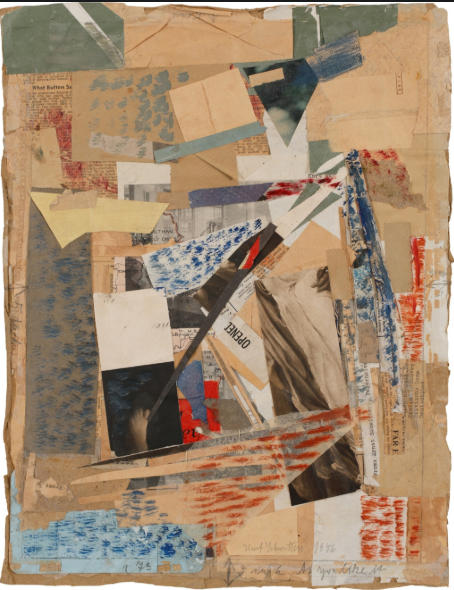
The reference to Shakespeare that jumps out at us seems to lead nowhere. Schwitters’s English titles are sometimes arch, sometimes idiomatic like this one;
Merzbau was originally named Cathedral of Erotic Misery.
Buildings Made of Holes
rel:Holes Horror In Architecture
On Gordon Matta-Clark,
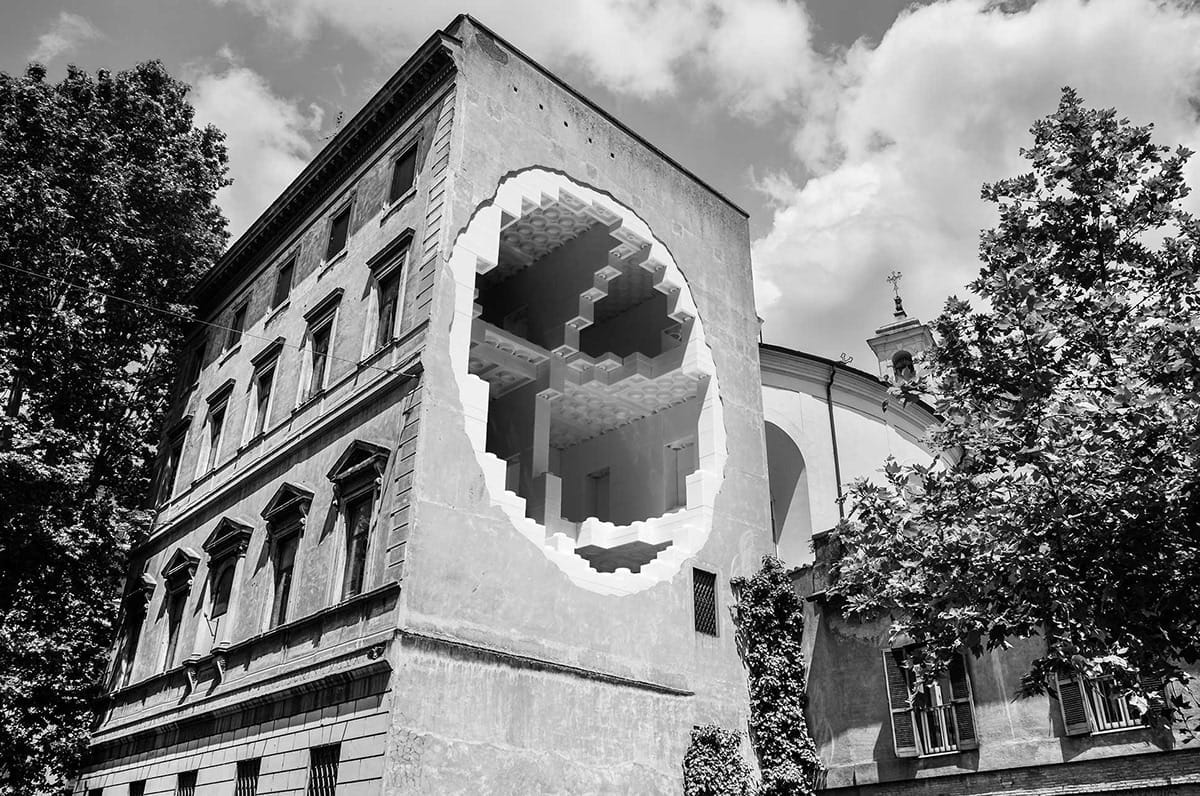
He studied architecture at Cornel in the ‘60s but then moved to the art scene in Lower Manhattan.
- Bingo 1974 – slice a facade free of its building
- Splitting 1974 - cut through the whole frame of a house, top to bottom
The views he chooses are consistently disorienting. Stairs, doors, walls and floors lose their point and gain a kind of independence from reality from within which they defy you to make sense of them.
No projects of his survive, bulldozed.
Sir John Soane
Like Matta-Clark’s voids carved out of the dead flesh of condemned buildings, Soane’s mysterious and bewildering space achieves its phantasmagoric sensations by destroying the conventional integrity of the structure. In a sense, no explanation is needed, and yet we would like to know what possessed a man with such a powerful interest in worldly success to create something so disruptive.
In 1812 the architect Sir John Soane (1753-1837) wrote a strange and perplexing manuscript, Crude Hints towards an History of my House in Lincoln’s Inn Fields, in which, in the guide of an Antiquary, he images his home as a future ruin, inspected by visitors speculating on its origins and function.
Dreams of Recovery
The Globe Theater was made with Tudor methods, lacking nails: the frame is English oak and wooden pegs. It was the first thatched roof allowed since the Great Fire of 1666.
Ta Prohm, Angkor, Cambodia ‘in the old days’, when it was the only temple complex deliberately preserved in semi-overgrown state.
